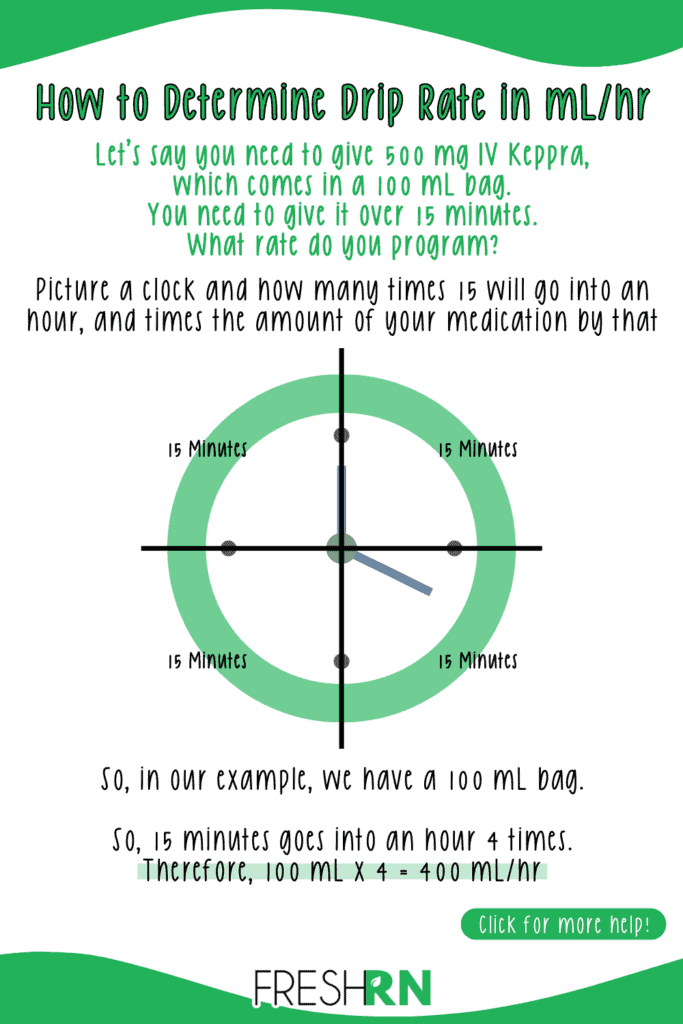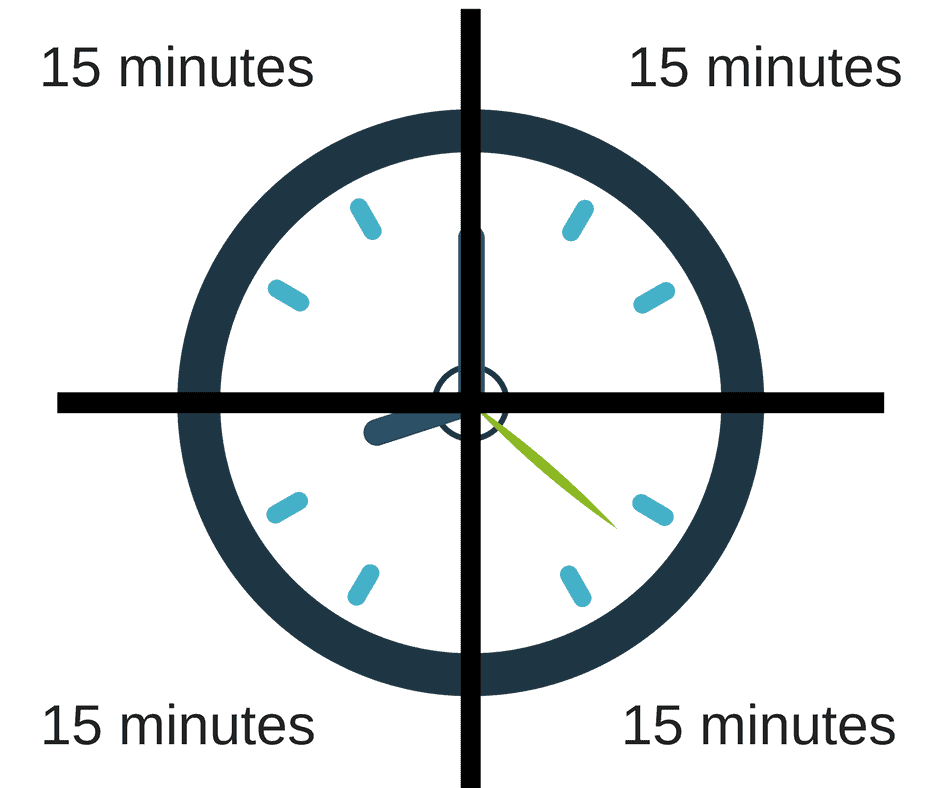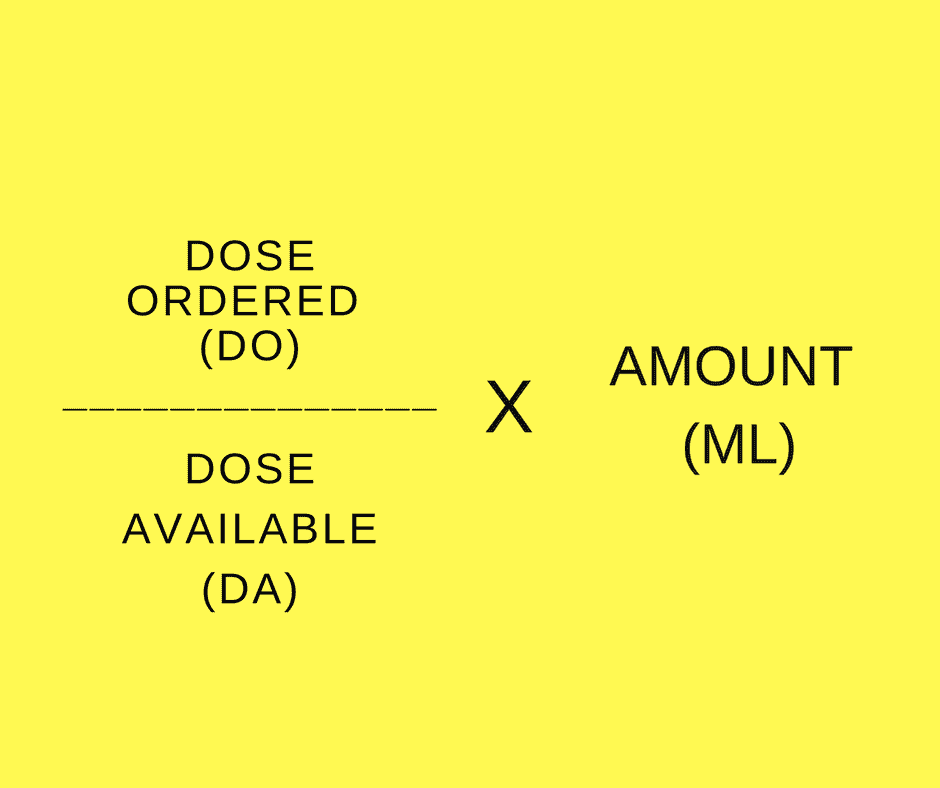Worried about the math classes in nursing school? I’ve got the best and most effective math exam tips for you. Read them, learn them, use them. They will help you out!

Table of Contents
Math Exam Tips for Nursing School
I hated nursing school math exams. I’m not the best at math, at all. I’ve never taken a calculus or physics class in my entire life. However, like many nursing schools, mine had a med math exam in every single course. You had to get a 90% or above or you failed the entire class, no matter what the rest of your grade was. And if that happened, you had to wait until the next year to retake the class.
In the real world, I use a few types of math but its nothing like those darn tests. I’ll calculate pump rates for IB piggyback (IVPB) meds and doses for partial dose meds. That’s about it.
We always double (and triple) check our math with a few other nurses prior to administration. Also, the computer typically calculates it as well. However, if you work with babies or in peds, you’ll be giving everything based on weight. So that means more math!
These are the different things you’ll need to know for those math exams and how to pass them.
IV Rates Math Tips
Most IVPB meds come up from pharmacy with a rate already printed on the patient’s label. If not, your order should indicate it. The rate is not something that you, as the RN, will determine. You will often be told how fast the medication needs to go in (like over 15 minutes, 30, minutes, or 4 hours).
How to determine drip rate in mL/hr

Let’s say you need to give 500 mg IV Keppra, which comes in a 100 mL bag. You need to give it over 15 minutes. What rate do you program?
Remember that rates are typically in milliliters per hour. (That means the rate = how many milliliters will go into the patient’s IV in one hour. So if it’s set at 60 mL/hr, that means 60 milliliters will go into their IV over 1 hour.)
To figure this out, picture a clock and how many times 15 will go into an hour, and times the amount of your medication by that. So, in our example, we have a 100 mL bag.

So, 15 minutes goes into an hour 4 times.
Therefore, 100 mL x 4 = 400 mL/hr
If you need to give something over a few hours, you just divide your amount by the number of hours.
Let’s say you need to give 500 mL IVPB Vancomycin over two hours.
I want 500 mLs to go in over two hours, so just divide by two and it’ll go in at 250/hr! (500 / 2 hrs = 250 mL/hr)
Note: If it’s going in over more than an hour, your rate will be less than your amount.
Partial Dosing Math Tips

Ok now let’s say you need to give a partial dose of an IV medication. The easiest way to remember this is dose ordered divided by dose available times amount. I remember it as “DO-DA.” Take that dose your doctor ordered, divide it by the mg’s it comes in, and times it by the ml’s of the vial.

Example 1: I want to give my patient 4 mg IV Morphine. So I go over to my Pyxis and pull out the Morphine that’s ordered. My order says 4 mg, but the syringe that I pull is 10 mg in 1 mL. This means I will have to give a partial dose and waste the rest with another nurse. Below is my math:
4 mg (dose ordered) / 10 mg (dose available) X 1 ml (amount) = 0.4 ml
Example 2: Alright, now let’s say you need to give your patient their dose of IV Solu-Medrol. It’s ordered as 50 mg IV push. Your vial says 125 mg/2 mL. How many mL’s do you give?
50 mg (dose ordered) / 125 mg (dose available) X 2 mL (amount) = 0.8 ml
Make sense? Just remember DO-DA!
Unit Conversion Key Points
Memorize these! They are three units you will be converting the most in nursing school.
- 2.2 lbs = 1 kg
- 1 oz = 30 ml
- 1 inch = 2.54 cm
Side note: I never failed a math test and never failed a nursing course. If I can do it, you can too. Just study EXACTLY what they tell you to study.
More Nursing School Resources
- Medication Administration Basics for Nursing Students – The FreshRN Blog
- 3 Pharmacology Tips to Help You Pass the NCLEX – The Nerdy Nurse Blog
- How to Survive Nursing School Masterpost – The FreshRN Blog
- How to Study for Nursing School – FreshRN Blog
- The Nursing.com Podcast
- They have entire MedMaster Podcasts and Lab Values podcasts
- Nursing.com – They have wonderful math and pharmacology resources
- 10 Mistakes Nursing Students Make (And How to Avoid Them) – a free 26-page ebook that outlines all of the mistakes I made in nursing school, and the ones I’ve seen so many other students make since – plus practical ways to prevent making them yourself
Looking for a clinical skills refresher? (It’s in the name 😊)

Nursing clinicals are awkward at first. You’re surrounded by experienced nurses, real patients, and you’re just trying to figure out where the gloves are. It’s a lot.
That’s why we created Nursing Skills Refresh—to give you a realistic, supportive head start. You’ll get demo videos of common procedures, insider tips from two experienced nurses, and a clear picture of how a shift actually flows. (and a lot more) The goal? Walk into clinicals feeling like you belong there—not like you’re in the way.
Click for Instant Access



0 Comments